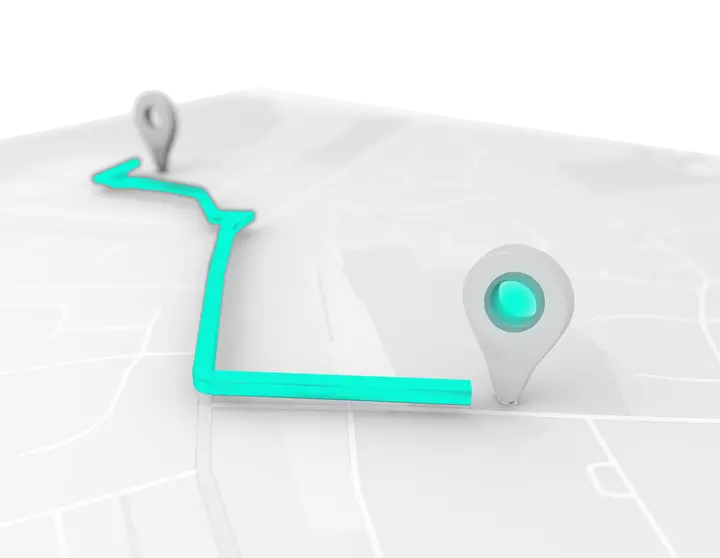The projections for where IoT technology is headed in 2020 are out and, not surprisingly, the biggest trends extend from many of those that made a mark in 2019. Things like 5G and edge computing were popular trends picks last year, for instance, and both helped change the IoT roadmap in their own way. As expected, 5G improved network performance, especially in mobile devices, and edge computing proved to be a cheaper, more effective solution for collecting and managing data. But what else entered the Internet of Things consciousness in 2019 and moved IoT technology forward?
The following contributors also made significant impacts last year — and they will continue to be building blocks for IoT technology going forward.
Big data, AI and ML
Gartner forecasted in 2019 that we’d see 14.2 billion connected IoT devices deployed worldwide, resulting in a mammoth volume of data. (One estimate puts the number of IoT devices over 17 billion worldwide.) Other industry experts predicted that, in turn, more businesses would implement IoT technologies like AI and machine learning, or ML to help them make sense of data in such large amounts.
In our own outlook for 2020, we see big data growing to “ginormous data” as more and more IoT edge devices send waves of new information to the cloud. IoT technologies including AI and ML additionally will look to become even more intelligent. And ML itself will increasingly augment human work by making administrative and production processes more efficient.
Data analytics
Naturally with increased volumes of data in 2019 came a sharper focus on data analytics, and last year saw the start of prescriptive analytics entering the picture for business intelligence. Whereas predictive analytics provide insight, prescriptive data analytics weigh suggested actions and potential outcomes of those actions to give business leaders foresight as they identify analytical patterns for decision making.
On the IoT technology map for 2020, given its ability to make data analytics processes more efficient and employees more productive, ML will be more broadly adopted both for prescriptive analytics and predictive analytics. Resources such as Google Cloud Machine Learning and IBM Watson have already made integrating ML much easier.
Increased connectivity in smart vehicles
Autonomous vehicles are still relatively new, and in 2019 they took another step into the mainstream. With IoT technology, connectivity made these vehicles moving IoT devices able to navigate traffic, avoid accidents, determine travel conditions, and even forecast weather.
In 2020, we see autonomous vehicle training becoming more cultural by state, province, country territory and so on. Smart vehicles will continue learning idiosyncrasies such as “Turn right on red” and “Yield to traffic already in the roundabout.”
The expansion of IoT technology and adoption across industries
Going into 2019, industries including manufacturing, logistics, oil and gas, energy/utilities, mining and metals, transportation, aviation, and other mostly industrial sectors had largely already discovered the advantages of IoT technology. Some of the reasons for adoption: to optimize operations and productivity, enhance safety and security, improve supply chain management, and increase quality assurance for products and services. 2019 further saw the trend of enterprises looking for viable ways to monetize data gathered via IoT devices and through IoT-enabled communication channels.
This year, as the use of IoT technology expands, asset management firms, inventory management companies, and government security agencies are in line to become some the next major adopters. In these and other industries, robotic process automation will continue to lead the automation movement, combining with AI and ML to go from simply collecting and processing data to performing in-depth data analytics and making contextual decisions. Also for data analytics, things like Data as a Service (DaaS) will continue to become more prominent in 2020 as a monetized service within various industries.
Top management expectations and employee skills
This trend wasn’t usually at the top of 2019 trends lists (if it was included at all), but it was still significant. Many IoT experts made the argument last year that IoT technology such as ML and robotic process automation would cause top-level executives to reconsider how employee performance levels are viewed and assessed. Even though IoT technology involves interconnected IoT devices that function independently, IoT solutions improve process efficiency through these connected devices and the ability to scale automation. So, should increases in productivity be attributed to an employee, or to the IoT technology that made human work more efficient? The dynamic was an interesting one throughout 2019 — and will continue to be in 2020.
ClearObject’s 2020 outlook for IoT technology and ML
It’s all in our new whitepaper, “The Year of IoT and Machine Learning: 9 Data Driven Directions for 2020.” The paper is informative, it’s a quick read… and it’s free.

About ClearObject
ClearObject is a digital transformation leader in Internet of Things (IoT) Engineering and Analytics. As IBM Watson IoT and Google Cloud Business Partners, we deliver global embedded software development environments for our customers, and design and deliver unique data analytics digital products that help them recognize the value of their data. Our objective is clear: help the world’s best companies build intelligence into their products and gain intelligence from them. The future is clear. Do you see it?
#ml #dataanalytics #iotdevices #iottechnology

